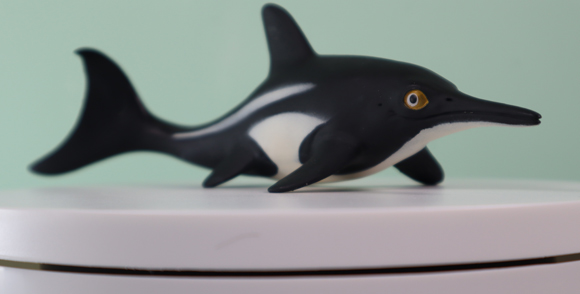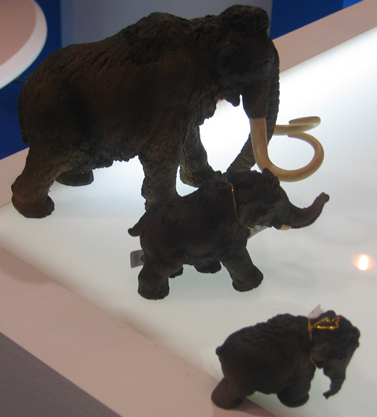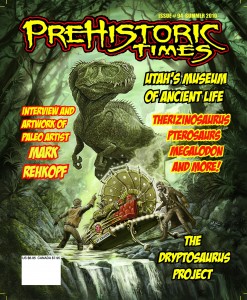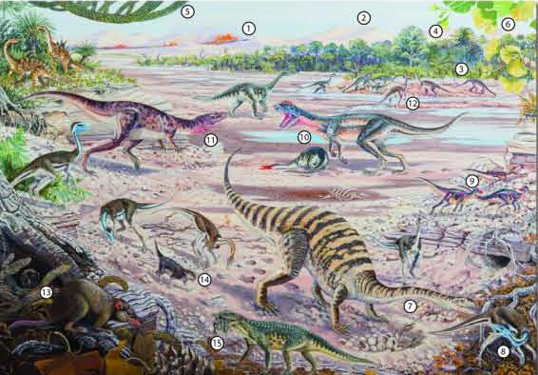Giant Ichthyosaur Predator of the Triassic
Fearsome Triassic Ichthyosaur Ruled the Seas North of Laurentia
A team of scientists have identified a potentially new genus of Triassic ichthyosaur, one that was the “jaws” of its day, an apex predator probably feeding on other marine reptiles. During the Triassic, sea levels across the world were higher than today and as a result there were extensive, shallow continental seas in which marine reptiles were rapidly establishing themselves as the dominant vertebrate predators. The super continent of Pangaea stretched from the South Pole almost to the North Pole, it was sub-divided into two great land masses. In the south there was Gondwanaland consisting of Antarctica, Australia, India and southern Africa. In the north there was Laurentia made up of the land masses that were to eventually become North America and Europe. In the shallow seas north of Laurentia, lurked a gigantic 14 metre long predatory ichthyosaur. It ruled this watery domain, which 240 million years later was to become the arid, deserts of Nevada (United States).
Triassic Ichthyosaur
Nadia Fröbisch, a vertebrate palaeontologist at the University of Chicago unearthed the fossil in the Augusta Mountains of central Nevada in 2008. A preliminary report on this huge beast that measured somewhere between 12 -15 metres long was published last year in the scientific journal “The Society of Vertebrate Palaeontology”.
Ichthyosaurs had been found in this region for many years, in fact the ichthyosaur is the state vertebrate fossil of Nevada. However, the size and sharpness of the teeth found in association with these fossils indicate that this animal was something different. It is likely that this ichthyosaur specialised in hunting other marine reptiles.
An Model of a Typical Ichthyosaur

The Ichthyosaurus model (Wild Safari Prehistoric World) ready to take its turn on the Everything Dinosaur turntable. Picture credit: Everything Dinosaur.
Picture credit: Everything Dinosaur
Rather than having a round cross-section, the teeth of this particular specimen were roughly diamond-shaped with serrations along their front and rear edges, dentition particularly well-suited to shearing flesh.
Even though erosion had removed much of the snout, the fossil was more than 10 metres long, indicating that a fully grown adult could have easily have been twice the length of a Great White Shark.
Commenting on the discovery, Fröbisch said:
“This could have been the T. rex of the seas”.
Although some later Mesozoic ichthyosaurs also had serrated teeth, those predators weren’t nearly as large and probably specialised in catching fish and smaller prey. This giant ichthyosaur was probably the top predator around at the time.
Donald Henderson, a palaeontologist at the Royal Tyrrell Museum in Drumheller, (Alberta, Canada), stated that such sea monsters may have been quite widespread in the Early and Middle Triassic. He had recently found some isolated teeth from strata of the same age as the Nevada find, but in British Columbia.
He commented:
“I was mystified when I first saw them [the fossil teeth], I thought they had possibly belonged to a dinosaur.”
Marine Reptile Models
For models and replicas of ichthyosaurs and other marine reptiles: Prehistoric Animal Models and Figures.





